Fitbit Inspire 3 vs Fitbit Charge 5: Which fitness tracker should you buy?
We put Fitbit’s two popular trackers to the test
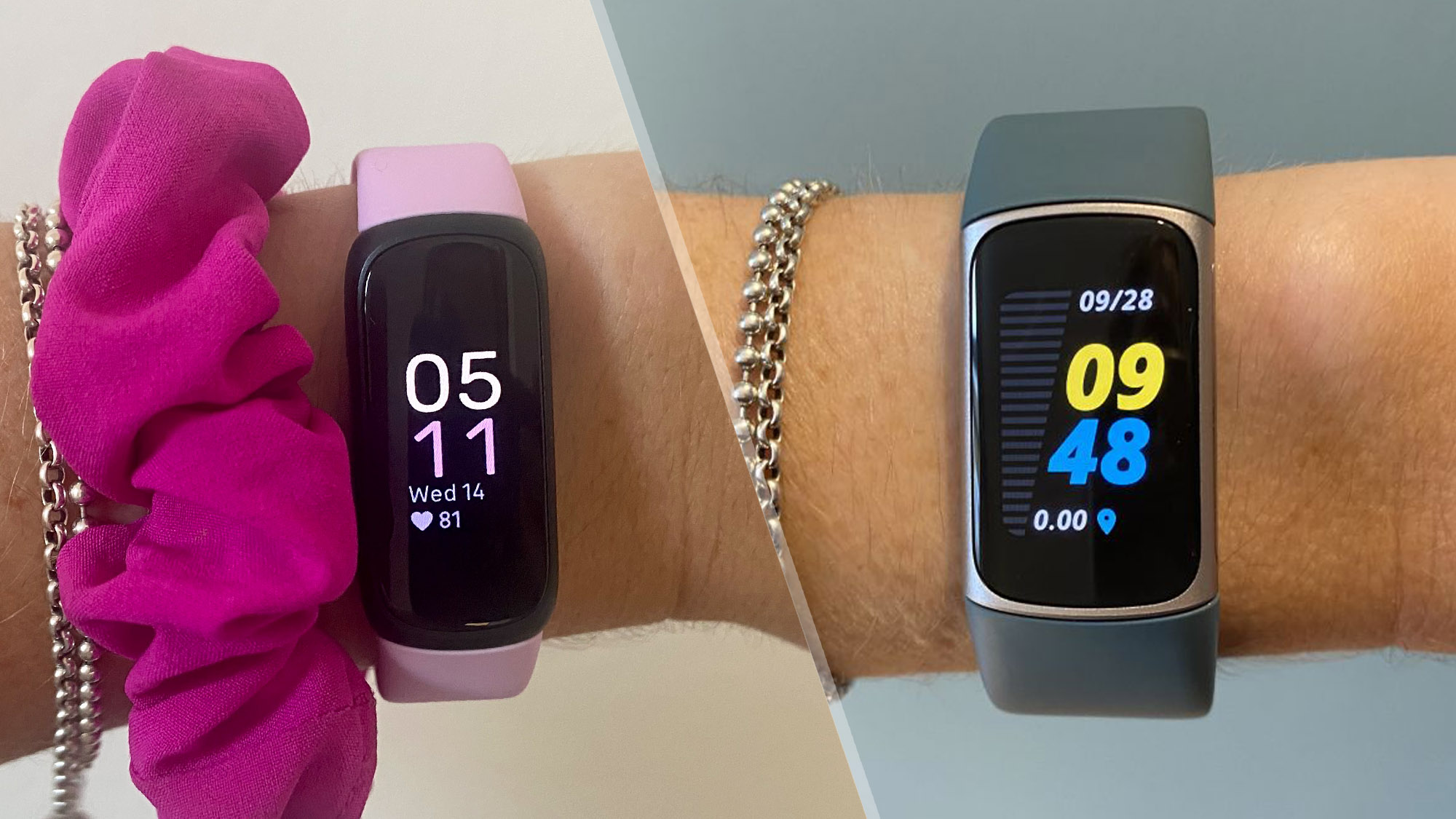
So you want to buy a Fitbit, but you can’t decide between the super-affordable, super-cute Fitbit Inspire 3 or the slightly more expensive Fitbit Charge 5? Both will do far more than just count your steps.
Like all of the best Fitbits on the market, the Inspire 3 and Charge 5 have the capability to track activities, steps, and sleep. They're both water-resistant, come with female health tracking, and can receive notifications from your smartphone. And they also connect with Fitbit's excellent app, as well as access a huge community of other Fitbit users, whom you can challenge to reach fitness goals.
So which should you buy? Below, we put the Fitbit Inspire 3 and the Fitbit Charge 5 face-to-face to help you pick. Whether you’re trying to get in shape, lose weight, or train for your first 5K, investing in a Fitbit is a great way to help you reach your fitness goals, so read on to see the similarities and those all-important differences between the two trackers.
Fitbit Inspire 3 vs Fitbit Charge 5: Price and availability
The Fitbit Inspire 3 is the cheaper, and newer, of the two trackers. Released in September 2022, the Inspire 3 costs $99/£84/AU$179. As it’s pretty new, you’re unlikely to find the Inspire 3 on sale just yet, but that's a great price for a really decent fitness tracker (although there are plenty of other cheap fitness trackers on the market). The Fitbit unit itself is only available in black, but is sold with three different band colors — black, lilac, and morning glow.
The Fitbit Charge 5 went on sale in September 2021, costs $149/£169/AU$269. It is available in three colors: Steel Blue/Platinum, Black/Graphite, and Lunar White/Gold. As the Charge 5 has been around for over a year, you’re likely to find it discounted.
Both trackers come with six-months of Fitbit Premium — Fitbit’s subscription service that allows you to access more in-depth features, such as deeper sleep analysis data, and Fitbit’s Daily Readiness Score. After six months, Fitbit Premium costs $9.99/£7.99/AU$14.99 per month, or $80/£79.99/AU$129 if you sign up for a year’s membership. We take a closer look at the pros and cons of Fitbit Premium.
Winner: Fitbit Inspire 3 — even with the discount, the Fitbit Inspire 3 is the cheaper of the two trackers, so if you’re on a budget, it’s definitely the one to reach for.
Fitbit Inspire 3 vs Fitbit Charge 5: Design
Design-wise, the two trackers aren’t a million miles apart. Both are small and unobtrusive, designed for 24/7 wear. The Fitbit Inspire 3 is the smaller of the two trackers, with a polycarbonate body, measuring 1.5 inches long, 0.7 inches wide, and 0.46 inches thick. It weighs 23g, and has a bright, colorful AMOLED screen.
The Fitbit Charge 5 is ever so slightly wider — it’s 1.4 inches long, 0.89 inches wide and 0.44 inches thick. The screen is bigger on the Fitbit Charge 5, and is also an AMOLED touchscreen. Both screens are excellent, and easy to see, even in direct sunlight. On the Fitbit Inspire 3, the touchscreen gives the tracker a premium feel for the price, and is a huge selling point when compared to the Fitbit Inspire 2.
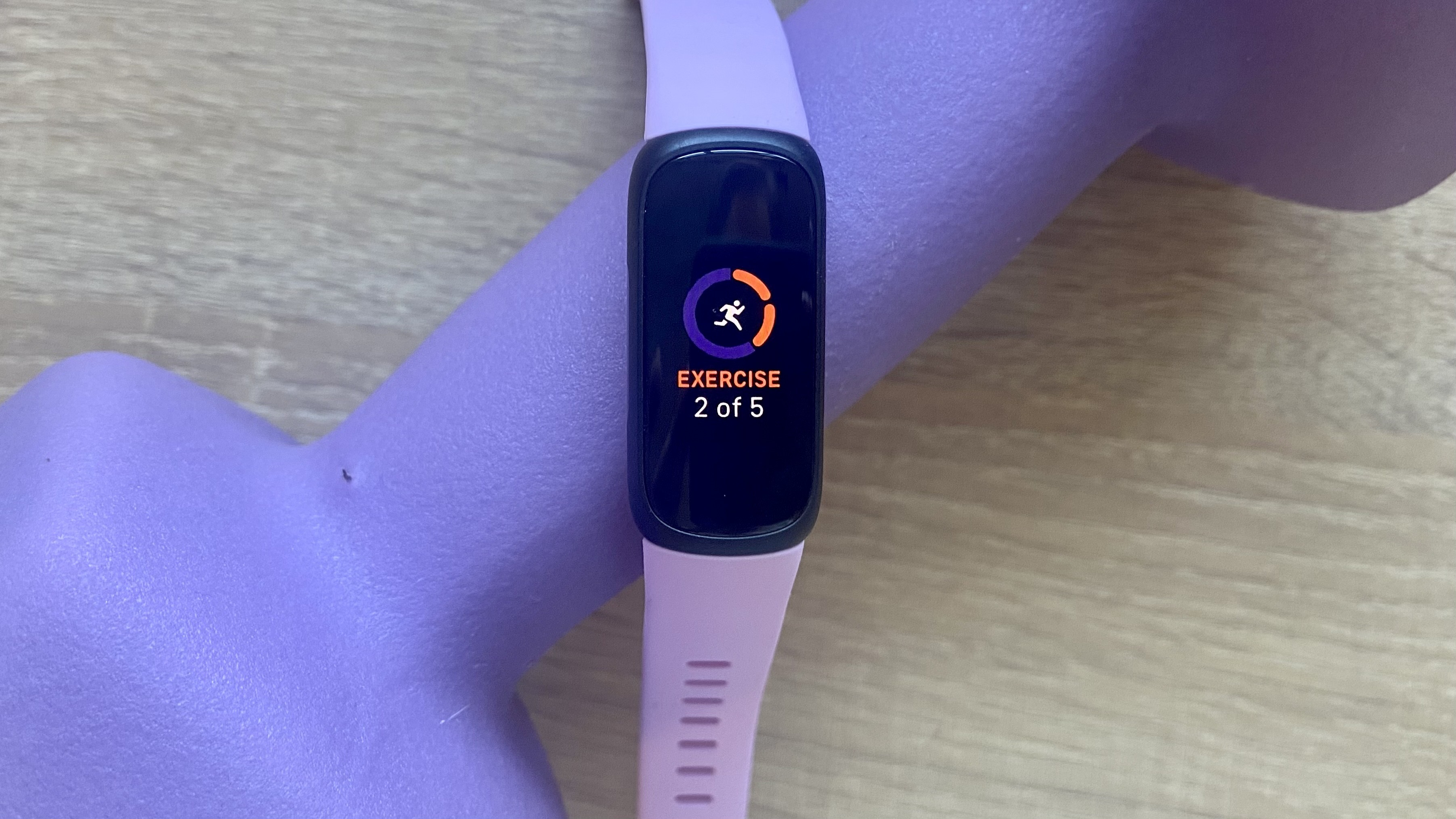
The bigger screen on the Fitbit Charge 5 definitely makes it easier to see your data on the move. If you’re using this as a fitness tracker and want live feedback on your pace or distance travelled, it’s much easier to see this on the Charge 5 compared to the Inspire 3. That said, if you’re comparing either Fitbit to the likes of the Apple Watch Series 8, the screens on both Fitbits are much smaller.
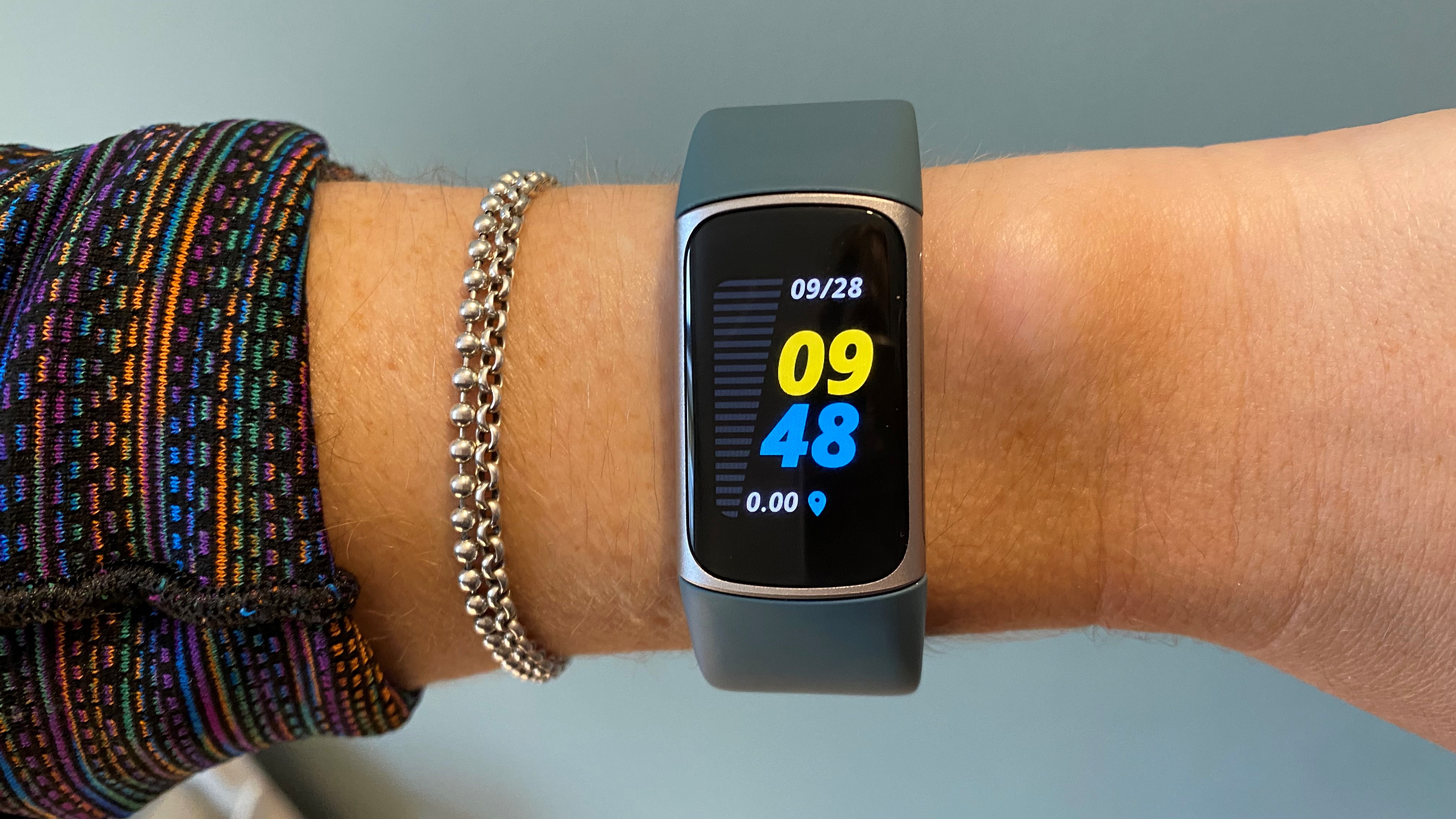
Like all of the best Fitbits, both the Inspire 3 and the Charge 5 are compatible with other Fitbit accessories, including metal bands, and an exercise clip, which allows you to wear the tracker on your clothing during workouts.
Winner: It’s a tie — both fitness trackers are lightweight, attractive, and have excellent color screens. I’d argue that beauty is in the eye of the beholder here, and the best design depends on what you’re hoping to use the fitness tracker for. If you want a small tracker that’ll be comfortable to wear 24/7 and you’re not too bothered about checking your smartphone notifications on it, go for the Inspire 3. If you are hoping to use the tracker on runs or hikes to check your pace, you’ll probably appreciate the slightly larger screen of the Charge 5.
Fitbit Inspire 3 vs Fitbit Charge 5: Fitness tracking
When looking at the two trackers side-by-side, there’s one key difference from a fitness tracking perspective — the Charge 5 has built-in GPS, whereas the Inspire 3 uses the GPS on your phone. While that latter approach isn’t the end of the world, it often means tracking isn’t quite as accurate, and that you need your phone nearby to see pace and distance on your tracker.
Both activity trackers will track your heart rate, steps, calories, Active Zone Minutes, stress, SpO2, and sleep. On both trackers, you can load up to six different exercise shortcuts onto the watch, but there’s a list of 21 different options to choose from, including run, walk, bike, kickboxing, Pilates, tennis and golf.
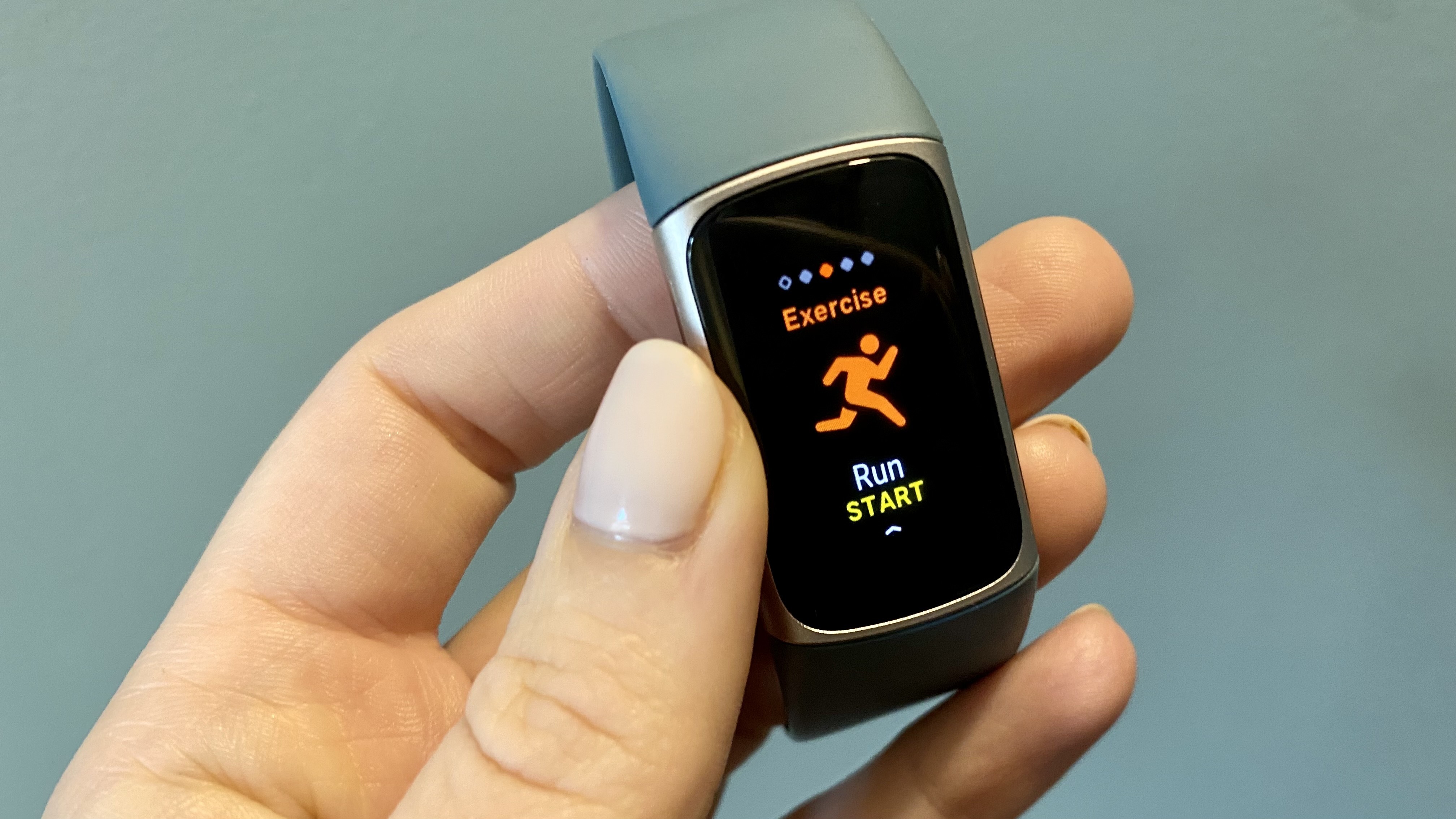
During an activity, you are able to scroll through and see live feedback on the watch, but on the small screen of the Inspire 3, we found this wasn’t the easiest thing to do. Both Fitbits will also use SmartTrack Automatic Exercise Recognition to automatically recognize when you’re working out, and start recording. This is a handy feature, but can be a little glitchy — when testing the Fitbit Charge 5, it auto-recognized a two-hour cleaning session as a swim, but perhaps that says more about our tester’s aggressive style of vacuuming.
Winner: Fitbit Charge 5 — from a fitness tracking perspective, built-in GPS is a massive plus, and elevates the Charge 5 from a good to a great fitness tracker.
Fitbit Inspire 3 vs Fitbit Charge 5: Sleep and health tracking
As mentioned above, both the Inspire 3 and the Charge 5 are designed to do a lot more than just count your steps. Both have blood oxygen (SpO2) tracking, which tells you how well blood oxygen is distributed in your body, blood glucose tracking, heart rate tracking, breathing rate, and menstrual tracking.
The main difference between the two trackers from a health perspective is that the Charge 5 has an ECG app, which lets you assess your heart rhythm for atrial fibrillation — a heart rhythm irregularity that can be dangerous. It also has an EDA scanner, which detects tiny electrical changes called electrodermal activity (EDA) responses on your skin, giving you feedback on how stressed you are.
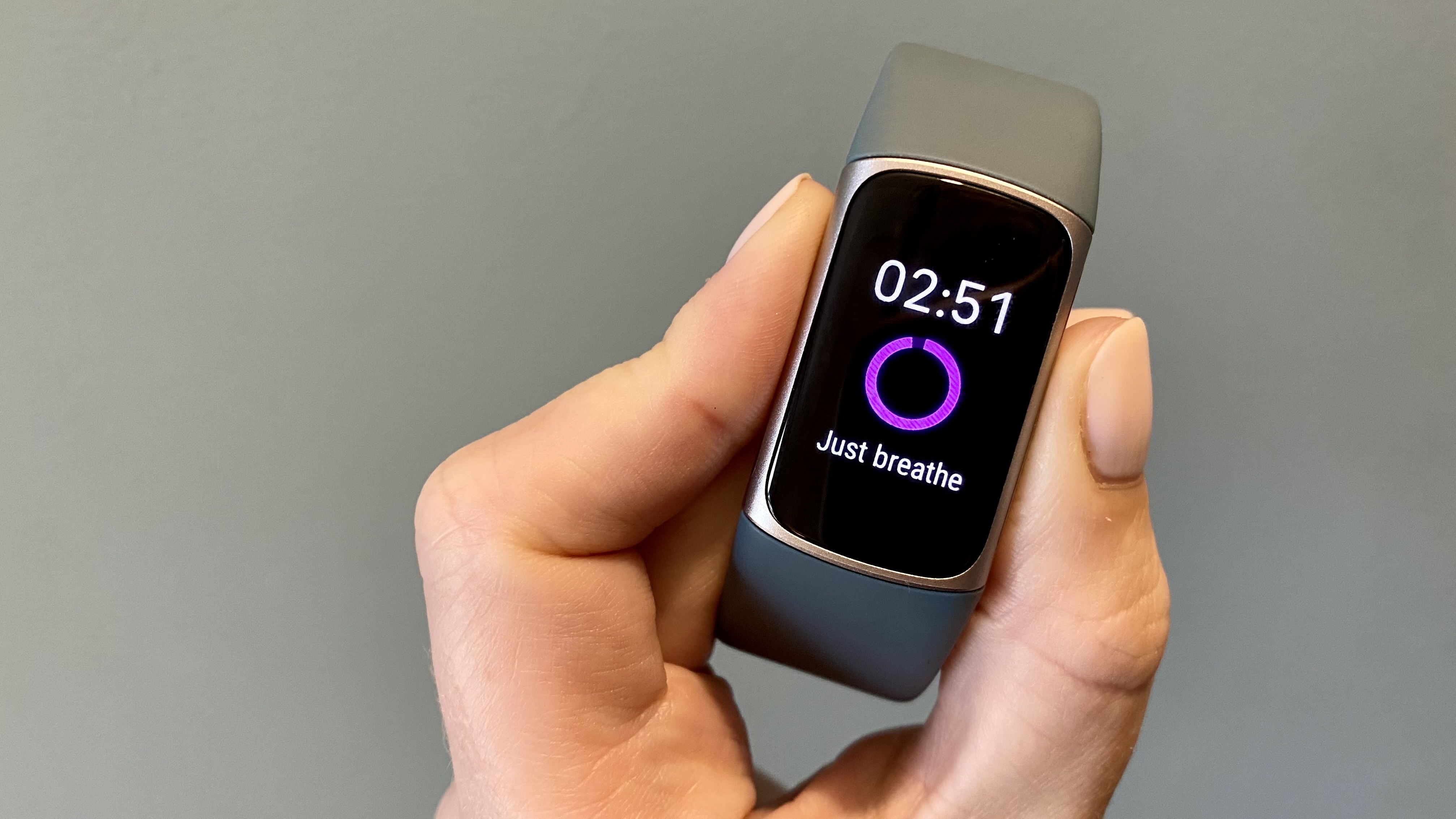
Both trackers give you Fitbit’s standard sleep tracking metrics, although, on the trackers themselves, you’ll only be able to see your total sleep time and your sleep score from the previous night. On the Fitbit app, you’ll be able to see your sleep score, sleep stages and set a smart wake alarm, though you have to be a Premium user to get extra sleep data, such as a breakdown of your deep, light, and REM sleep cycles.
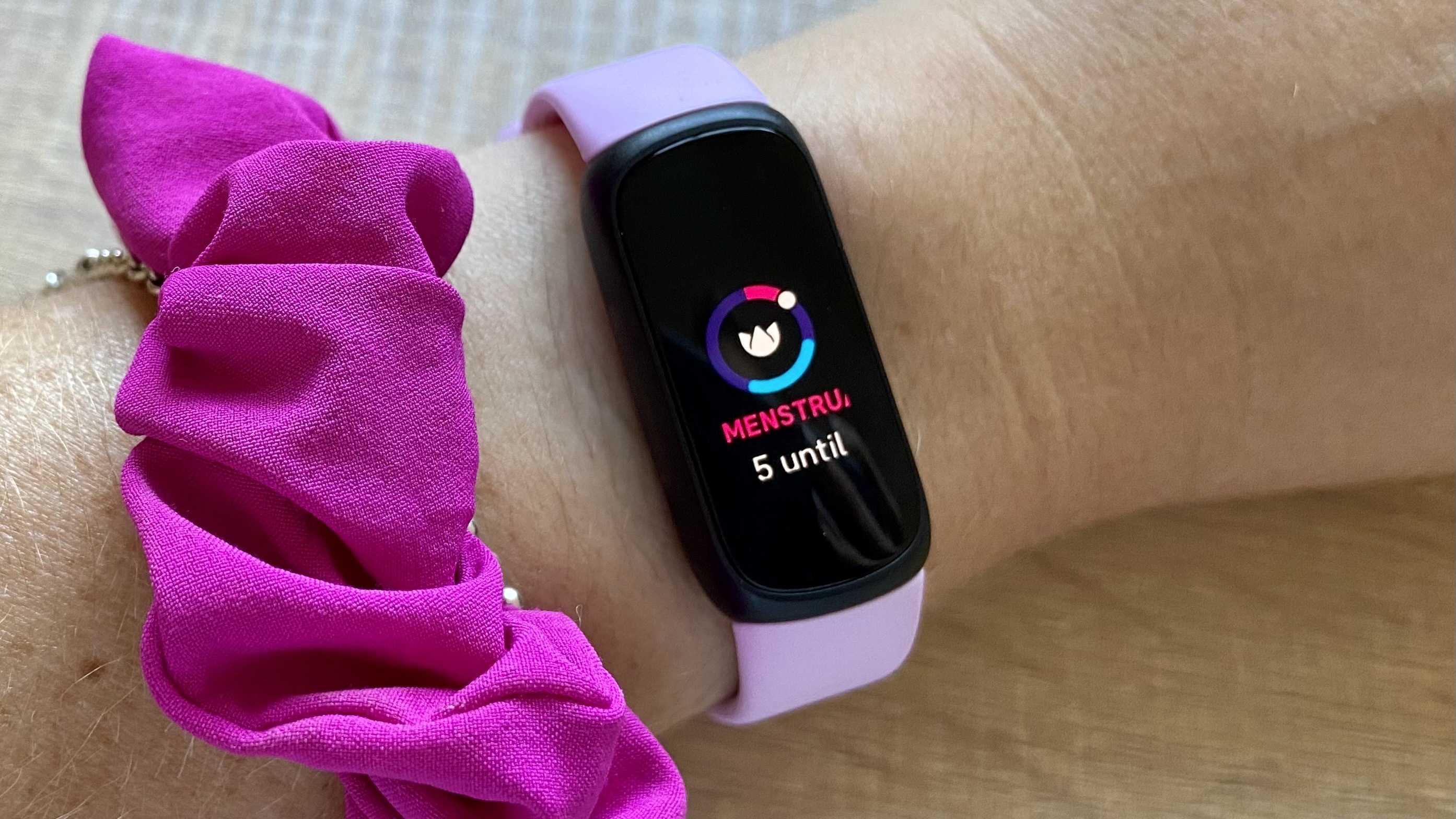
Both trackers also have Fitbit’s newer Daily Readiness Score, which is based on three different metrics — your fitness fatigue (activity), your heart rate variability (HRV), and your recent sleep. Users will be given a score each morning which indicates their body’s readiness for exercise. Based on your Daily Readiness score, your recommended target Active Zone Minutes will change and Premium members will get personalized recovery content.
Winner: Fitbit Charge 5 — While these two trackers are very similar, the EDA and ECG sensors on the Charge 5 do give it a slight edge from a health tracking perfective.
Fitbit Inspire 3 vs Fitbit Charge 5: Battery life
Both the Inspire 3 and the Charge 5 have decent battery life. The Inspire 3 has a 10-day battery life, and the Charge 5 has seven days of battery life. In both cases, this can vary slightly if you’re using the always-on display mode.
The reason for the difference? The Inspire 3 doesn’t have built-in GPS, so tracking activities don’t act as too much of a drain on the battery life, whereas the Charge 5 does.
Winner: Fitbit Inspire 3 — again, this is a tricky one, as the built-in GPS is one of the huge advantages of the Fitbit Charge 5. That said, if you’re looking to only charge your fitness tracker a few times a month, the ten-day battery life of the Inspire 3 is impressive.
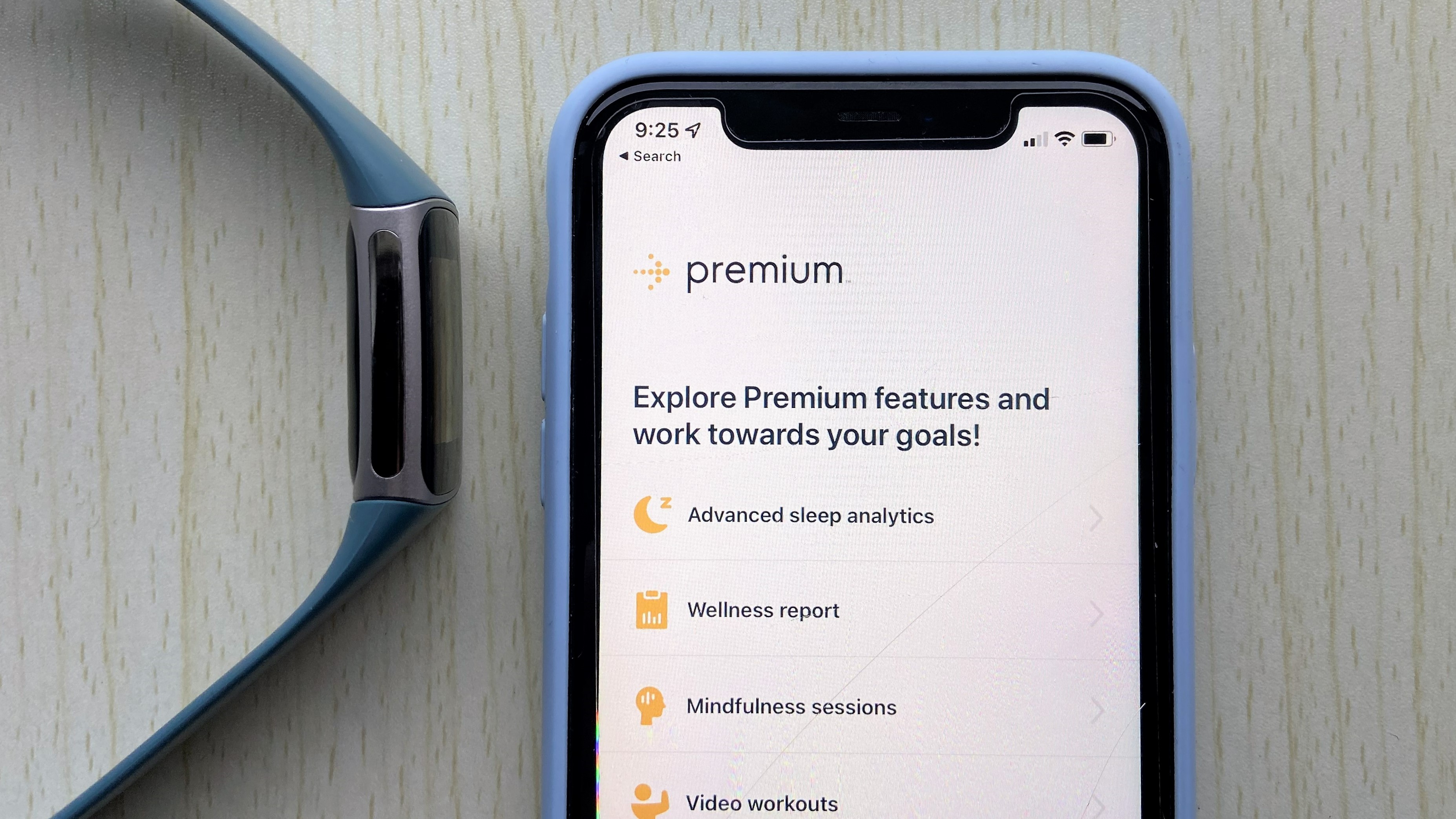
Fitbit Inspire 3 vs Fitbit Charge 5: Smartwatch features
We’d argue that neither of these fitness trackers were really designed to be smartwatches — the small screens make reading messages from your phone tricky. That said, both can show you your call, text, and app notifications from your wrist if your phone is nearby, and both are compatible with iOS and Android devices.
Neither fitness tracker has built-in Alexa, Google Maps, Google Assistant, or Google Wallet — features that are available on newer watches, such as the Google Pixel Watch. The Fitbit Charge 5 can be set up with Fitbit Pay, however, whereas the Inspire 3 cannot.
Winner: Fitbit Charge 5 — there’s not much in it from a smartwatch perspective, but if you want to make payments from your wrist on the move, the Charge 5 has the capability to do so.
Fitbit Inspire 3 vs Fitbit Charge 5: Verdict
When it comes to deciding which is the best fitness tracker for you, the answer lies in what you’re hoping to do with the Fitbit. If it’s purely tracking your steps, your heart rate and your sleep, the Inspire 3 will do all of the above in a small, stylish package, giving you a real insight into your overall health, at a more afforable price.
If, however, you’re hoping to use the tracker to get around your first 5K, or track your progress as you build up the lengths of your daily walks, the Fitbit Charge 5 is the better choice, purely because it has built-in GPS for more accurate tracking. That said, if you’re a dedicated runner, this probably isn’t the tracker for you (and we’d argue no fitness tracker will be). Spend a little more and buy the Garmin Forerunner 55, which is far more user-friendly on the run and still allows you to track multiple sports zones and your sleep, see suggested workouts and get accurate recovery data.
Next: Also check out the key differences between the Apple Watch Series 8 vs. Fitbit Sense 2 in our detailed face-off.
Sign up to get the BEST of Tom's Guide direct to your inbox.
Get instant access to breaking news, the hottest reviews, great deals and helpful tips.

Jane McGuire is Tom's Guide's Fitness editor, which means she looks after everything fitness related - from running gear to yoga mats. An avid runner, Jane has tested and reviewed fitness products for the past five years, so knows what to look for when finding a good running watch or a pair of shorts with pockets big enough for your smartphone. When she's not pounding the pavements, you'll find Jane striding round the Surrey Hills, taking far too many photos of her puppy.
